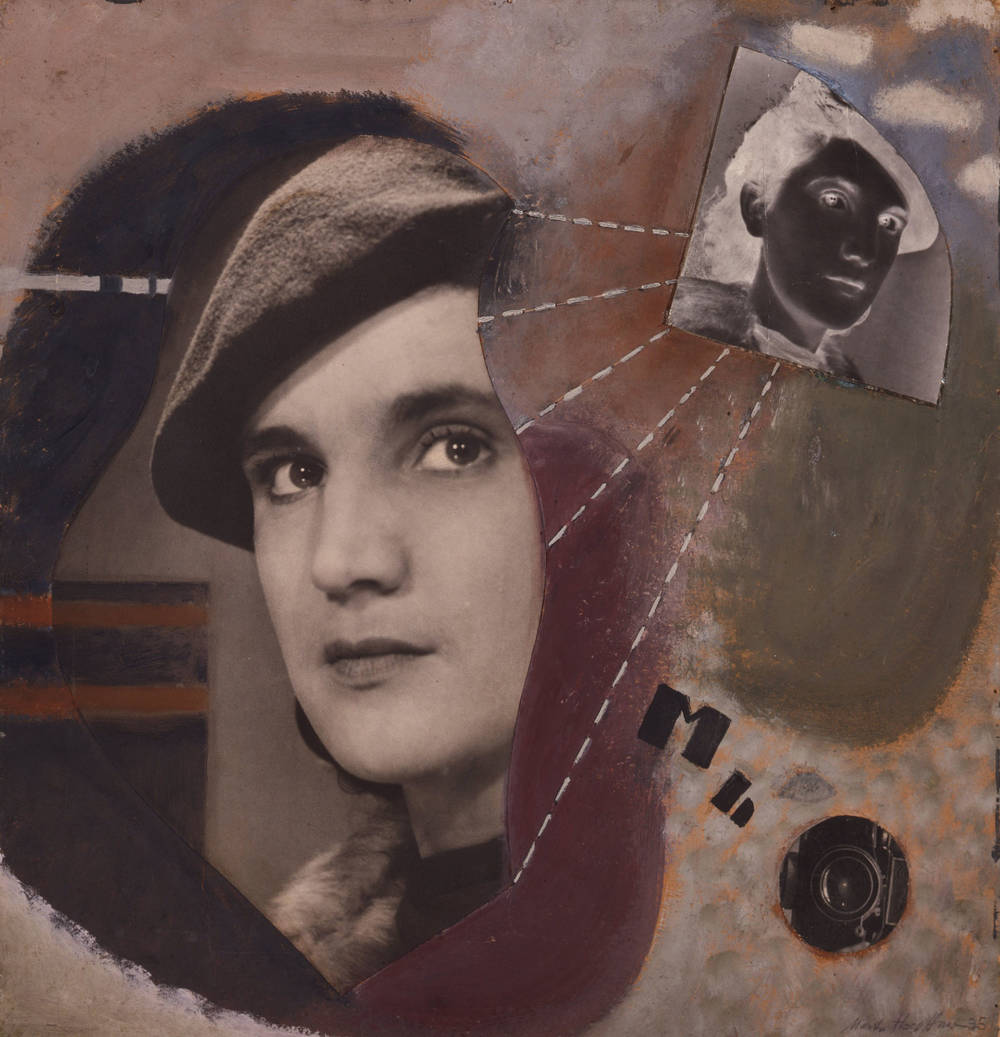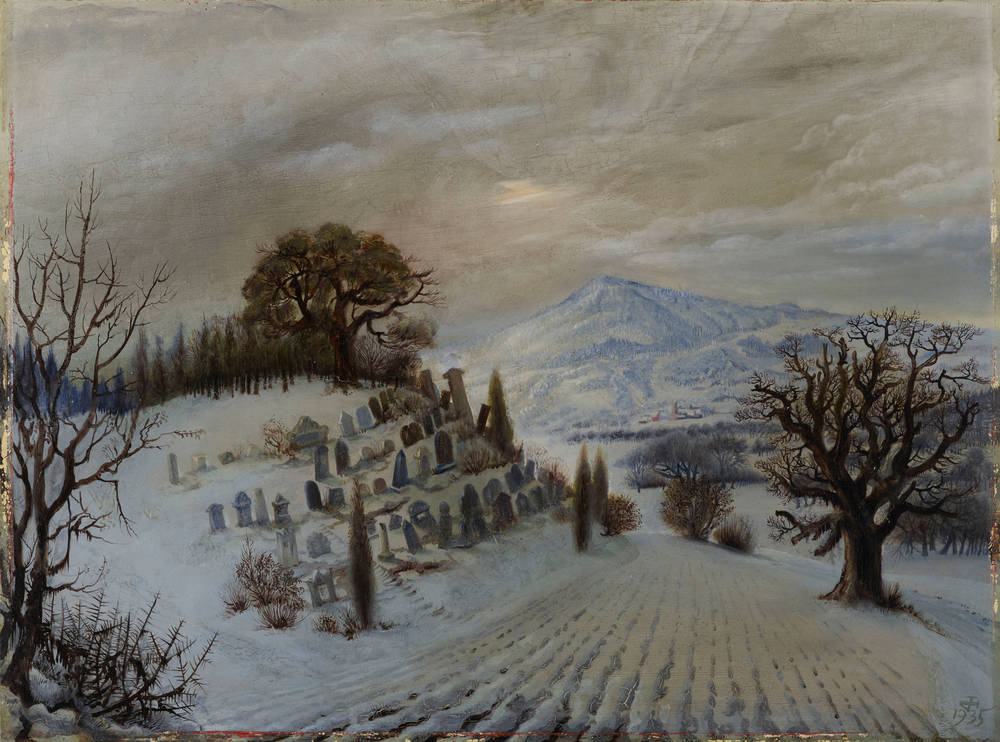The exhibition ART FOR NO ONE. 1933–1945 presents works by artists who worked outside of the regime and remained without an audience.
Between 1933 and 1945, the National Socialist regime controlled artistic work in Germany. Particularly artists who were persecuted based on their religion, descent, or political views fled into exile due to threats from the government. But what happened to the artists whose art was defamed by the National Socialists and nevertheless remained in the country? In the extensive survey exhibition ART FOR NO ONE. 1933–1945, the Schirn Kunsthalle Frankfurt is showing the different strategies and scopes of action that were employed by artists in Germany who did not seek or find any affiliation to the National Socialist regime.
Isolation, lack of an audience, and limited exchange impaced the work of those who were deprived of a working basis and livelihood in National Socialism. Their situation is often described in a generalized way as “ostracism” or “inner emigration.” However, due to the concrete personal circumstances, these terms require closer examination. No one could completely escape the regime. The newly established Reich Chamber of Fine Arts monitored the entire art establishment. Exclusion from the chamber resulted in a ban on working and exhibiting, a ban that could be controlled by the Gestapo. Against the backdrop of their public defamation or the confiscation of their works as part of the campaign and exhibition “Degenerate Art,” artists developed various strategies to work artistically, generally out of the public gaze and under adverse conditions.
Based on 14 selected biographies, the exhibition shows that apathy, standstill, and hopelessness were not the only things that defined the work of artists active at this time. Focusing more intently on one’s own oeuvre, exploring existential themes, and adapting content were just some of the reactions to the totalitarian National Socialist art policy. The artistic responses were just as different as the artists themselves. To do justice to this uniqueness, the exhibition is not structured chronologically or thematically. It defines no uniform stylistic development, but instead sheds light through individual case studies and about 140 paintings, sculptures, drawings, and photographs on the diversity of art that existed outside of the official art of the regime, but remained without an audience.
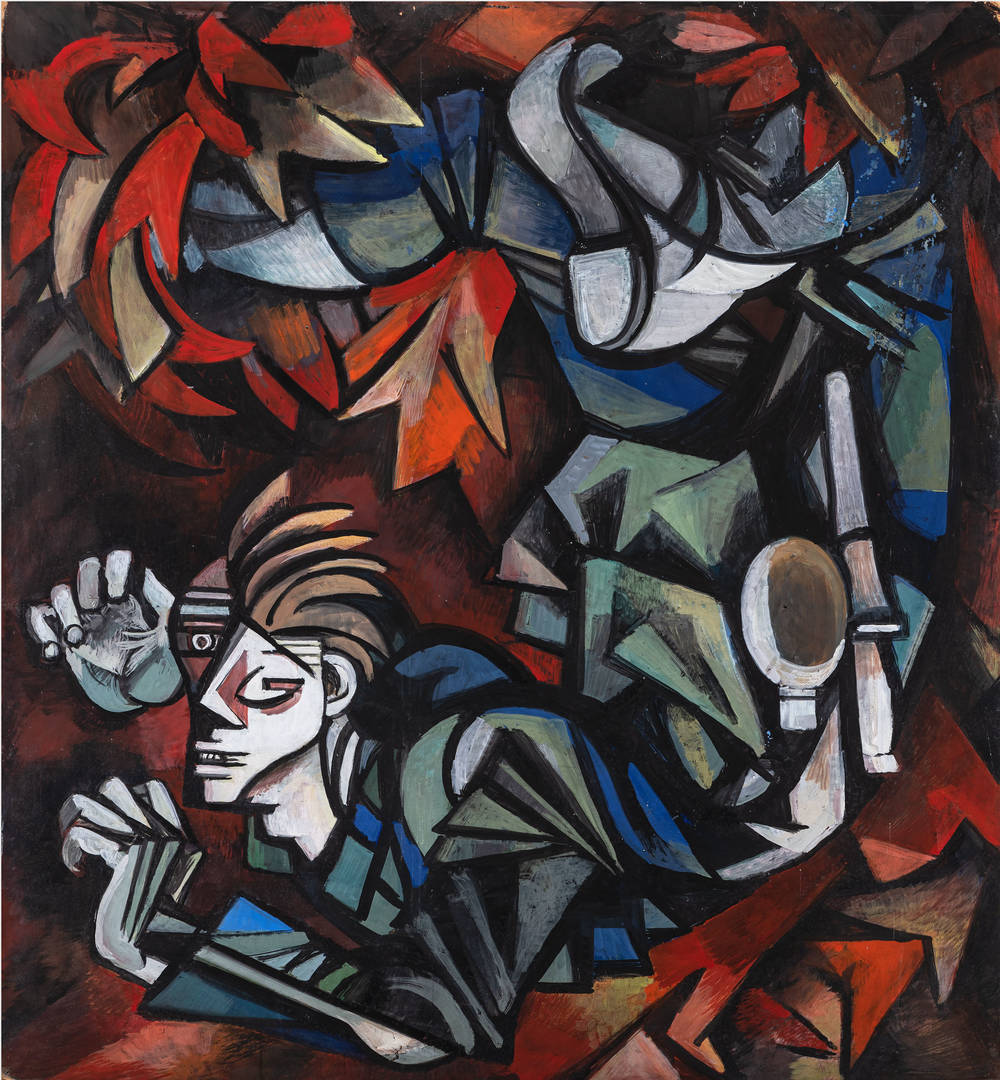
In the first room of the exhibition, the Schirn presents works by Jeanne Mammen. As a trained commercial graphic artist, Mammen enjoyed success in the Berlin of the 1920s and 1930s with illustrations, such as for the satirical magazine “Simplicissimus.” After 1933, Mammen consistently withdrew from art life and avoided any contact with the National Socialist regime, so that she remained almost without any income, despite occasional odd jobs. Forced to rely on herself, she kept in contact with only a few friends who had remained in Germany, such as the sculptor Hans Uhlmann. Inspired by Pablo Picasso’s “Guernica” (1937), as of 1937 she increasingly turned to a cubistic language of form. With respect to content, she specifically took up the horrors of war and her personal situation.
Like Mammen, Hans Uhlmann withdrew from public life during National Socialism and continued his artistic work in private. As a member of the Communist Party of Germany (KPD), he learned about the dangers of active political resistance at an early point in time. In the first year of the National Socialist dictatorship, he was arrested and survived the infamous Gestapo prison Columbia-Haus despite solitary confinement and multiple interrogations. During his subsequent one and a half years in prison, Uhlmann created his first designs for works in metal, which he executed as sculptures after his release.
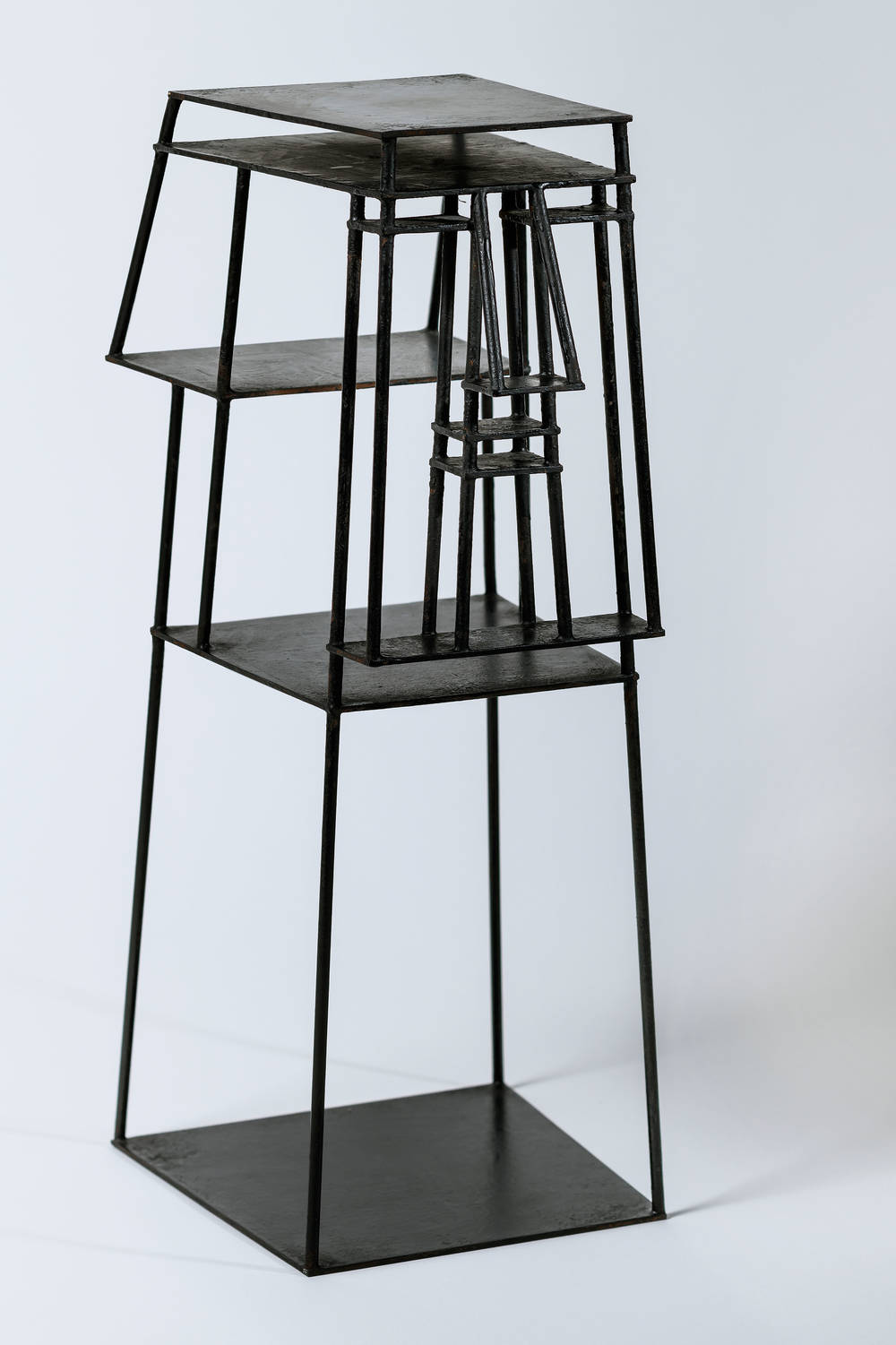
Between 1933 and 1945, Edmund Kesting also actively continued his artistic work on a circuitous route. While painting was his original interest, in the circle of artists around the gallery Der Sturm between the wars, he came into contact with photography; it provided him with an income during National Socialism and also became a chosen artistic medium. After he was forced to close his progressive art school Der Weg in 1933 and twelve of his works were removed from public collections in 1937, Kesting increasingly withdrew from the art world and concentrated on his own sphere of activity in Dresden. He worked for various companies there as a commercial photographer and, starting in 1935, documented the works of the Grünes Gewölbe in the Staatliche Kunstsammlungen (State Art Collections). On the side, Kesting dedicated himself, above all at night, to portrait and architecture photography. On March 31, 1933, Willi Baumeister was dismissed as a professor from what is today the Städelschule in Frankfurt. Until 1945, he was only permitted to exhibit one more time in Germany; 125 of his works were confiscated. Baumeister nevertheless stayed in the country and reacted with hugely increased productivity. His earlier Constructivist and representational works were superseded by abstract and biomorphic forms. As part of a trend connected with Surrealism in the 1930s and 1940s, he took up archaic topics and styles.
Werner Heldt is one of the artists who decided to go into exile directly after 1933. On the island of Mallorca, he occupied himself not only with Berlin, his main motif until that point in time, but also with the phenomenon of gatherings of people, spurred by the menacing parades of the National Socialists. An outstanding example of this is the large-format charcoal drawing “Meeting (Aufmarsch der Nullen)” (Meeting [Parade of the Zeros]), 1933–35), which is presented in the exhibition. In 1935, the Spanish Civil War forced Heldt to return to Berlin, where he as a member of the Reich Chamber of Fine Arts was able to obtain a studio in the studio community Ateliergemeinschaft Klosterstraße. Even though his work did not contradict the National Socialist view of art in terms of content and was relatively innocuous, it could not actually be exploited ideologically.
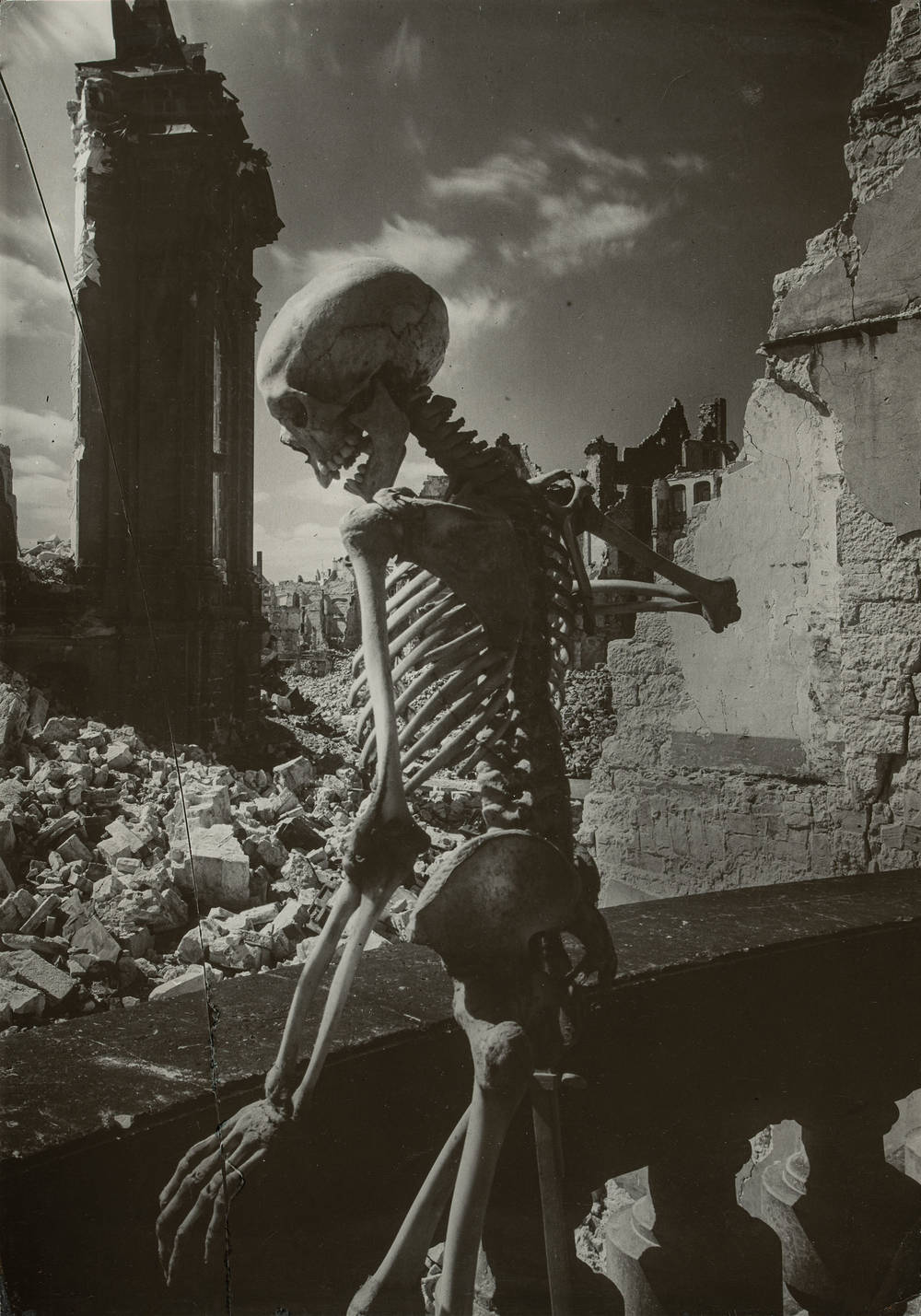
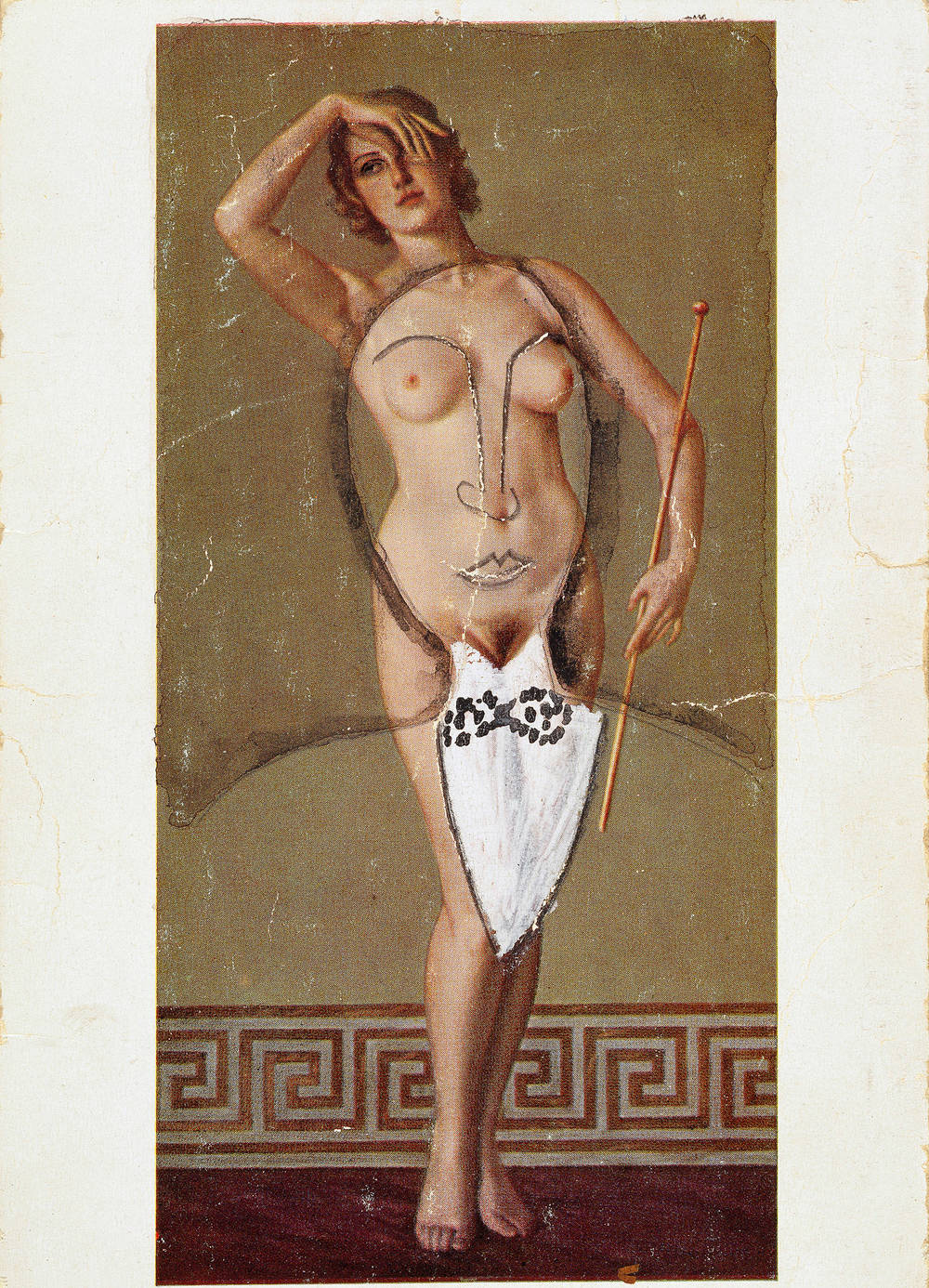
The immediate consequences of the war regime also intensively affected Fritz Winter. His promising career as an artist came to a radical end as a result of the campaign “Degenerate Art.” Winter was called up for military service in 1939, participated in the Polish and Russian campaigns, landed in Russian captivity as a prisoner of war, and first returned from Siberia in 1949. As a soldier, he drew with pencil in sketchbooks and thus created over 300 drawings between 1941 and 1944. They document an intensive examination of nature, which he executed in color in the well-known series of works “Triebkräfte der Erde” (Driving Forces of the Earth, 1944) while on sick leave.
Franz Radziwill was initially someone who benefitted from National Socialism. He sought a closeness to the regime not only politically, but also in his artistic work. Radziwill joined the NSDAP in 1933 and was given a professorship at the Düsseldorf Art Academy. He lost his teaching position shortly thereafter, however, when students called attention to his Expressionist early work and denounced him. Two hundred of his works were confiscated in 1937. Even though war and the machinery of war took on a central role in the work of the northern German artist, his paintings were not suitable as war-affirming propaganda pictures due to their ambivalence and unheroic mode of presentation. A successive change in his worldview is documented by subsequent overpaintings of his works.
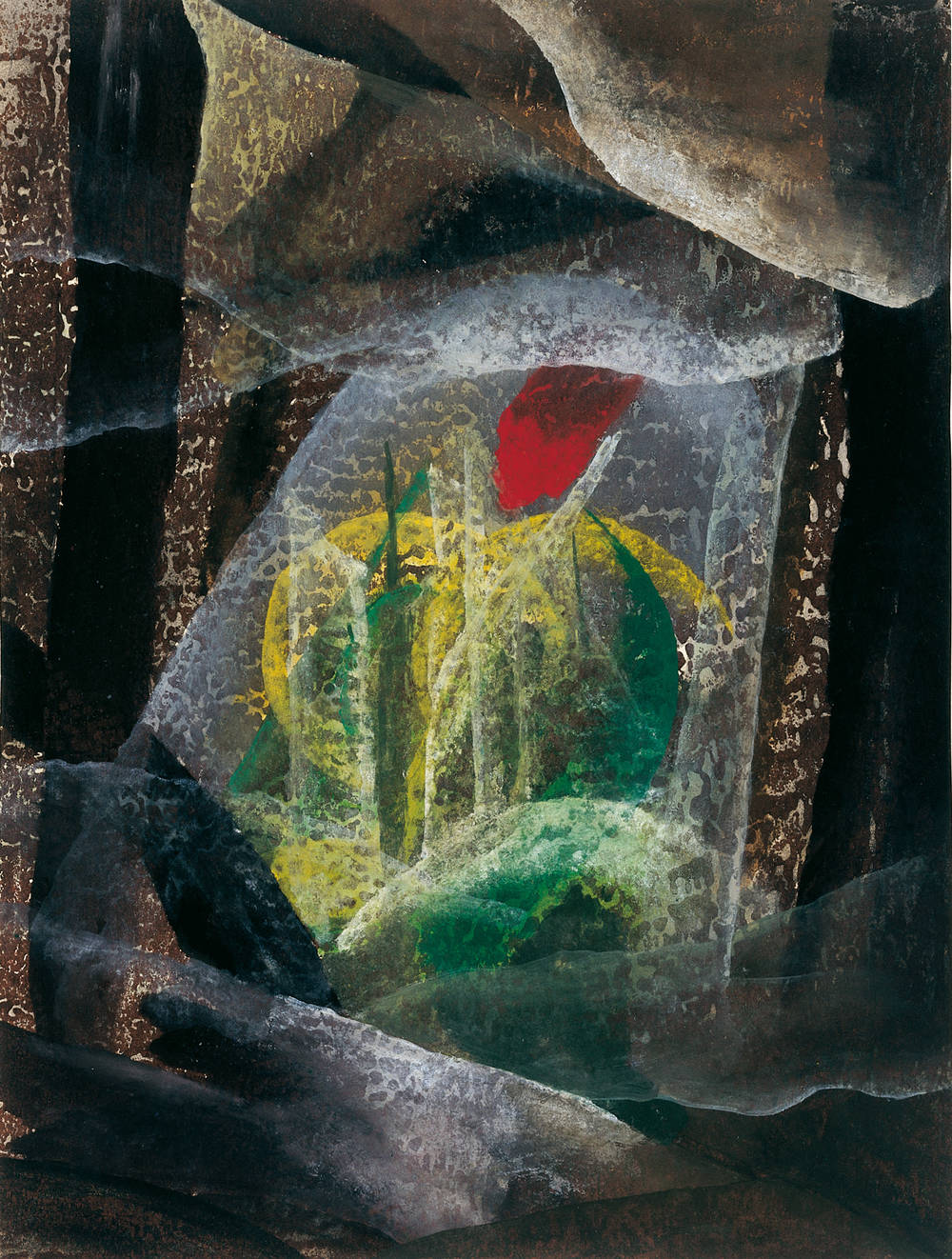
Since he had previously positioned himself against National Socialism, the university lecturer Karl Hofer lost his financially secured livelihood in 1933 when he was dismissed from his position. His works were further defamed in the exhibition “Degenerate Art” and by the removal of his works from public collections, but he was nonetheless able to exhibit and sell his works for a longer period of time, despite contrary personal reports. As of 1933 there was an increase in works with apocalyptic which can be seen at the Schirn.
Though Hans Grundig and Lea Grundig had an opportunity to flee abroad several times after 1933, the couple repeatedly returned to Germany to work with the opposition to the regime. Despite the growing danger as committed communists and Lea Grundig’s Jewish faith, the couple continued to live under the National Socialist regime and started working in the underground in 1936. Both of them processed the current situation in their home country in almost visionary, non-embellished pictorial worlds. The period from 1933 to 1940, the year that Hans Grundig was interned in the Sachsenhausen concentration camp, is moreover regarded as his most productive phase. In works like “Kampf der Bären und Wölfe” (Clash of the Bears and Wolves, 1938) or the series of etchings “Tiere und Menschen” (Animals and Men, 1934–39), he used animal fables to give expression to the constant isolation and danger. Lea Grundig, who was detained for the first time in 1936 and convicted of “inciting high treason” in 1938, already created the cycle Der Jude ist schuld (It’s the Jew’s Fault), which is being presented at the Schirn, in 1935, and the antifascist graphic works “Unterm Hakenkreuz” (Under the Swastika) from 1933 to 1937. Following the ordeal of separation, Hans Grundig’s detention in a concentration camp, and Lea Grundig’s forced escape into exile, the couple was reunited in Dresden after the war in 1949 and spent the remainder of their lives in Germany.
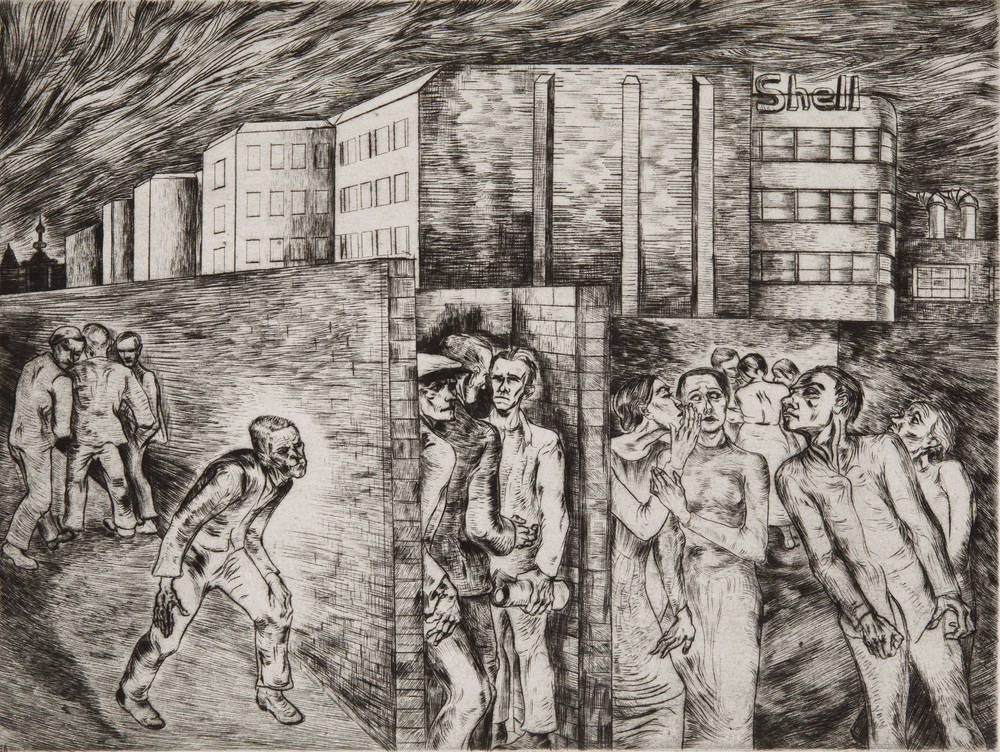
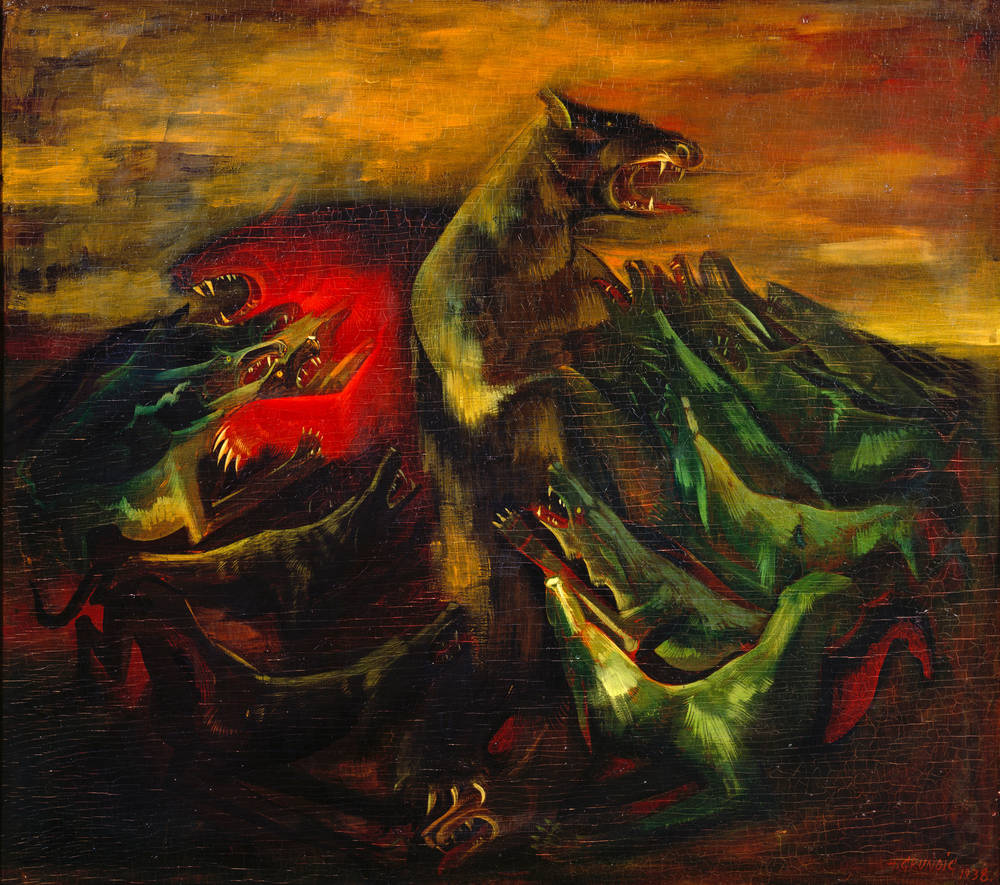
In the early 1930s, Ernst Wilhelm Nay found himself at the start of his artistic career, which came to an abrupt end under National Socialism. Even though as a member of the Reich Chamber of Fine Arts he was still able to exhibit occasionally until 1936, Nay’s works were seized and defamed in the course of the campaign “Degenerate Art.” His financial situation increasingly worsened. The years that followed were nonetheless not characterized by regression or standstill, but rather by a maturing of his artistic ideas. In 1937, Nay traveled to Norway, where, thanks to a working stipend, he was able to find his way to his own style on the archipelago. Back in his studio in Berlin, he transposed his impressions of the nature of the Norwegian landscape into an abstract formal language.
After her great success in the Netherlands, Hannah Höch returned to Berlin in 1929 as a self-confident, ambitious artist and reacted that much more sensitively to the political developments in Germany, with which she also found herself confronted personally. In 1932, the National Socialists prevented her first solo exhibition at the Bauhaus in Dessau from opening. The artist produced an apocalyptic vision of the last days, as a direct reaction to the appointment of Adolf Hitler as Reich Chancellor. At the beginning of the war, she moved back to the Heiligensee area of Berlin and reflected the threat of National Socialism and the horrors of the war through timeless pictures of misery.
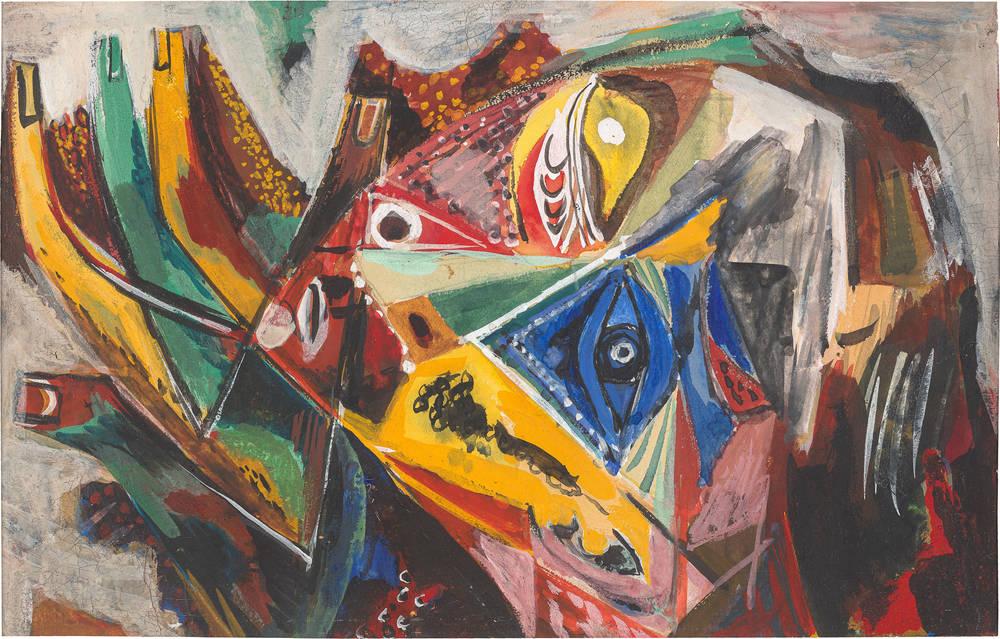
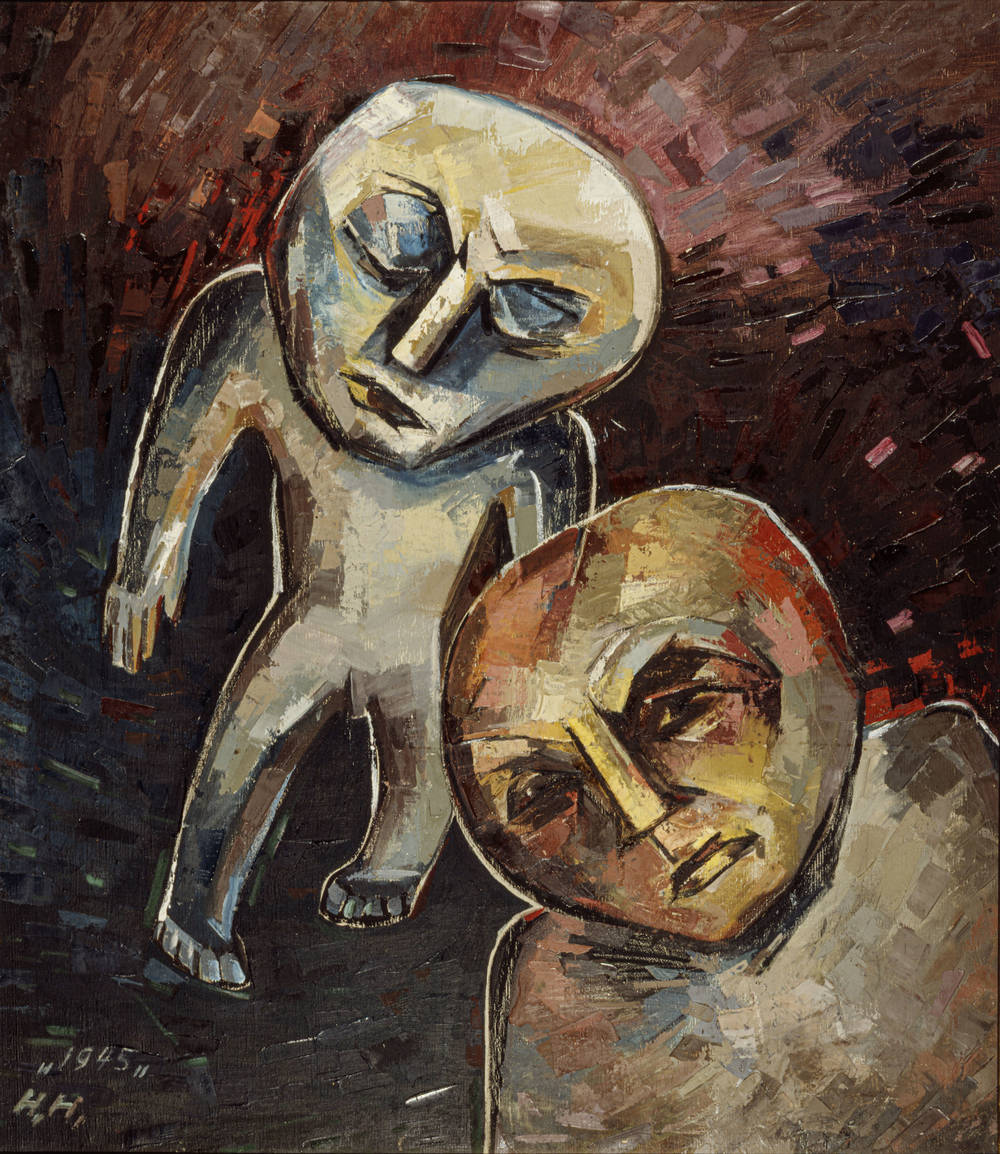
After her teacher Willi Baumeister was dismissed, Marta Hoepffner discontinued her studies at the Frankfurt School of Applied Arts (Städelschule) in 1933. Due to the great demand for commercial photography, Hoepffner was able to secure an income as a photographer with portraits and commissions for advertising brochures and magazines, and she also established her own Workshop for Artistic Photography in Frankfurt am Main. Between 1936 and 1938, Hoepffner designed thirteen photo stories and two covers for “Das Illustrierte Blatt” of the daily newspaper “Frankfurter Zeitung,” in which she incorporated avant-garde techniques like photomontage and photograms.
Otto Dix immediately lost his professorship at the Academy of Arts in Dresden in 1933. He moved with his family to Randegg near Lake Constance the same year and drastically changed his pictorial subjects as of this point in time. Bleak landscapes and allegorical Christian topics supplanted as dominant motifs the exaggerated, sociocritical type portraits and unvarnished depictions of war for which he had been known in the Weimar Republic. In spite of the defamation and confiscation of his earlier works, Dix was able to become a member of the Reich Chamber of Fine Arts and to work for private and institutional clients. In secrecy, he once again turned to an expressive, figurative mode of design with sociocritical content as of 1943.
